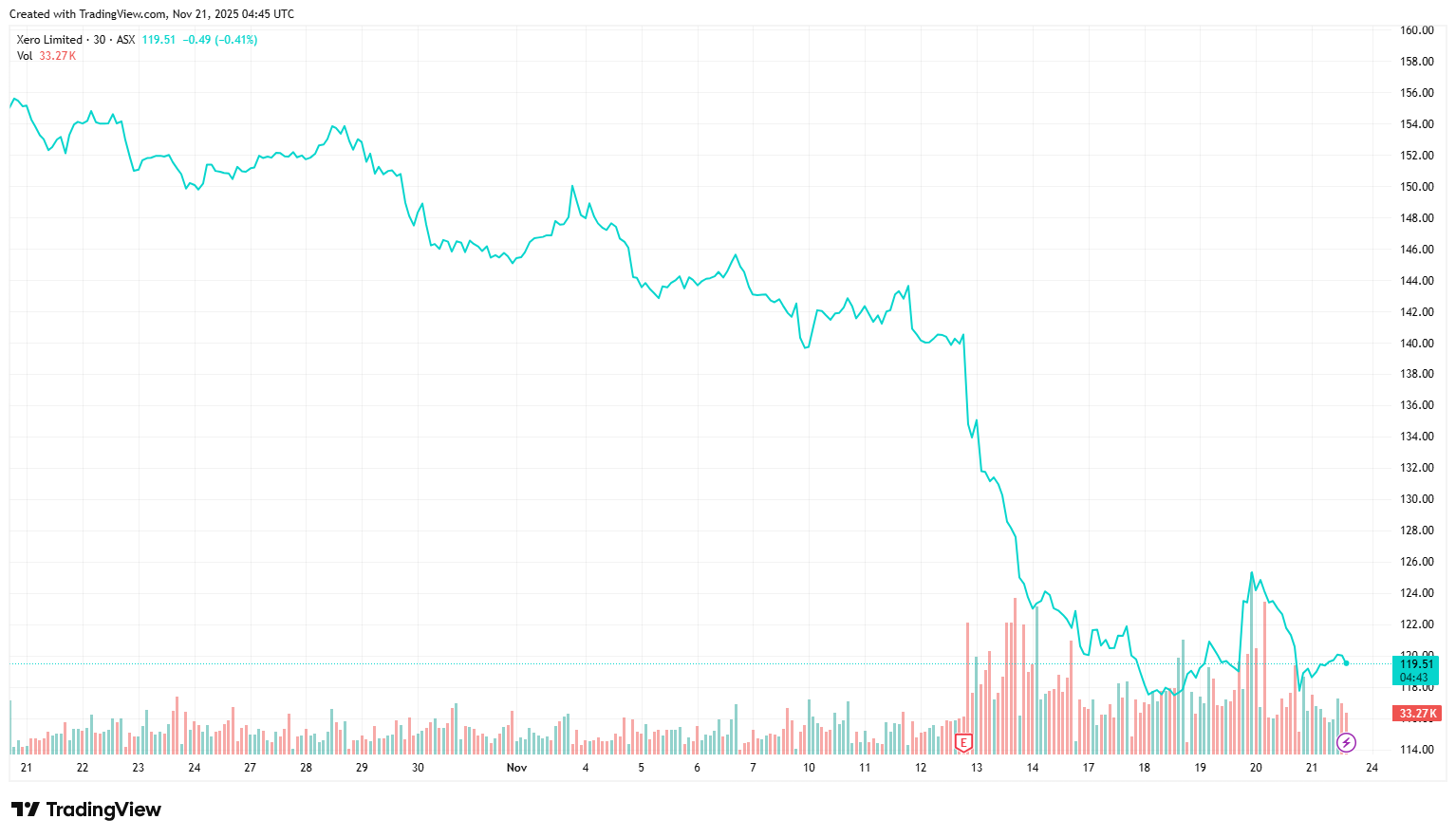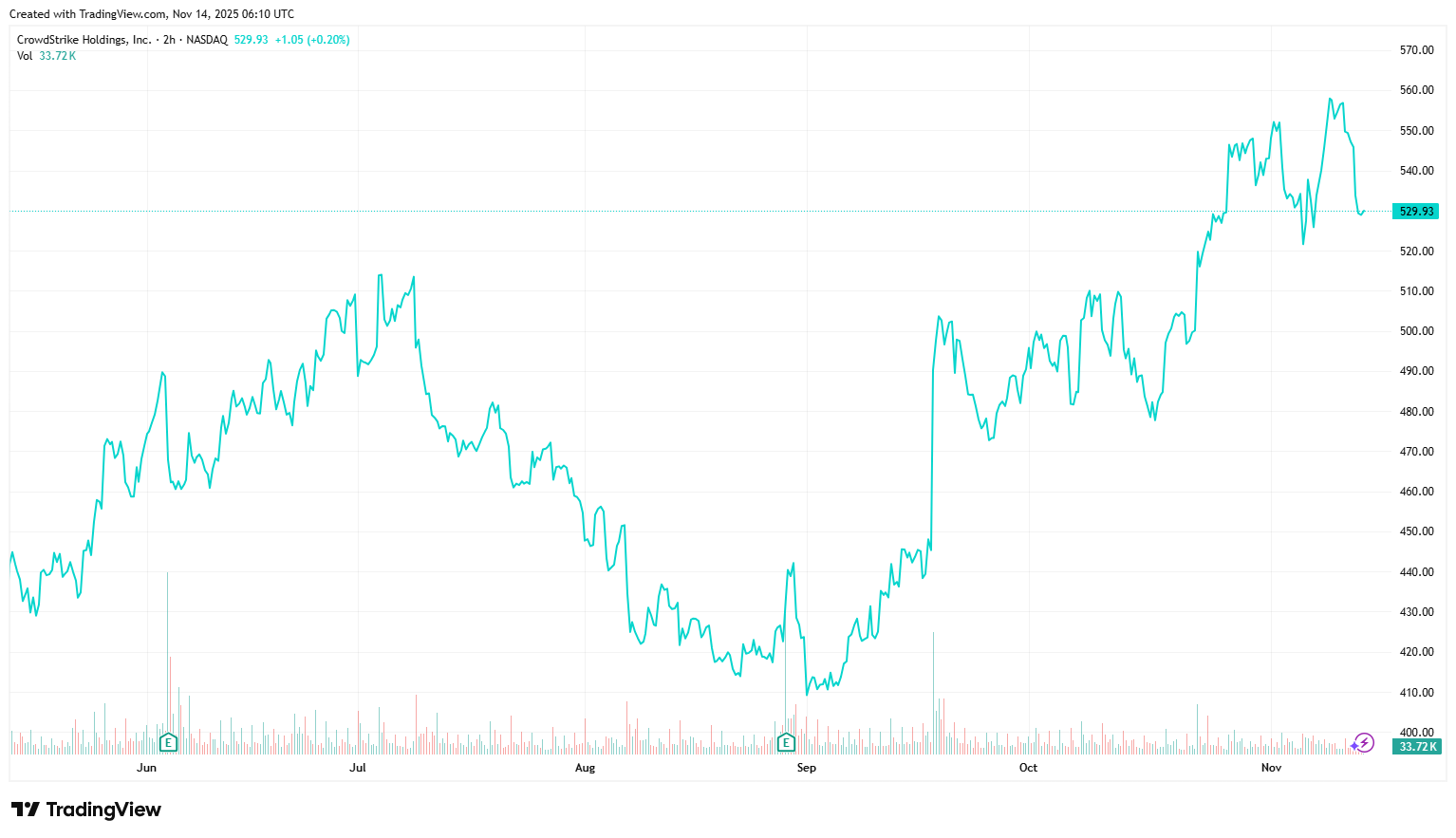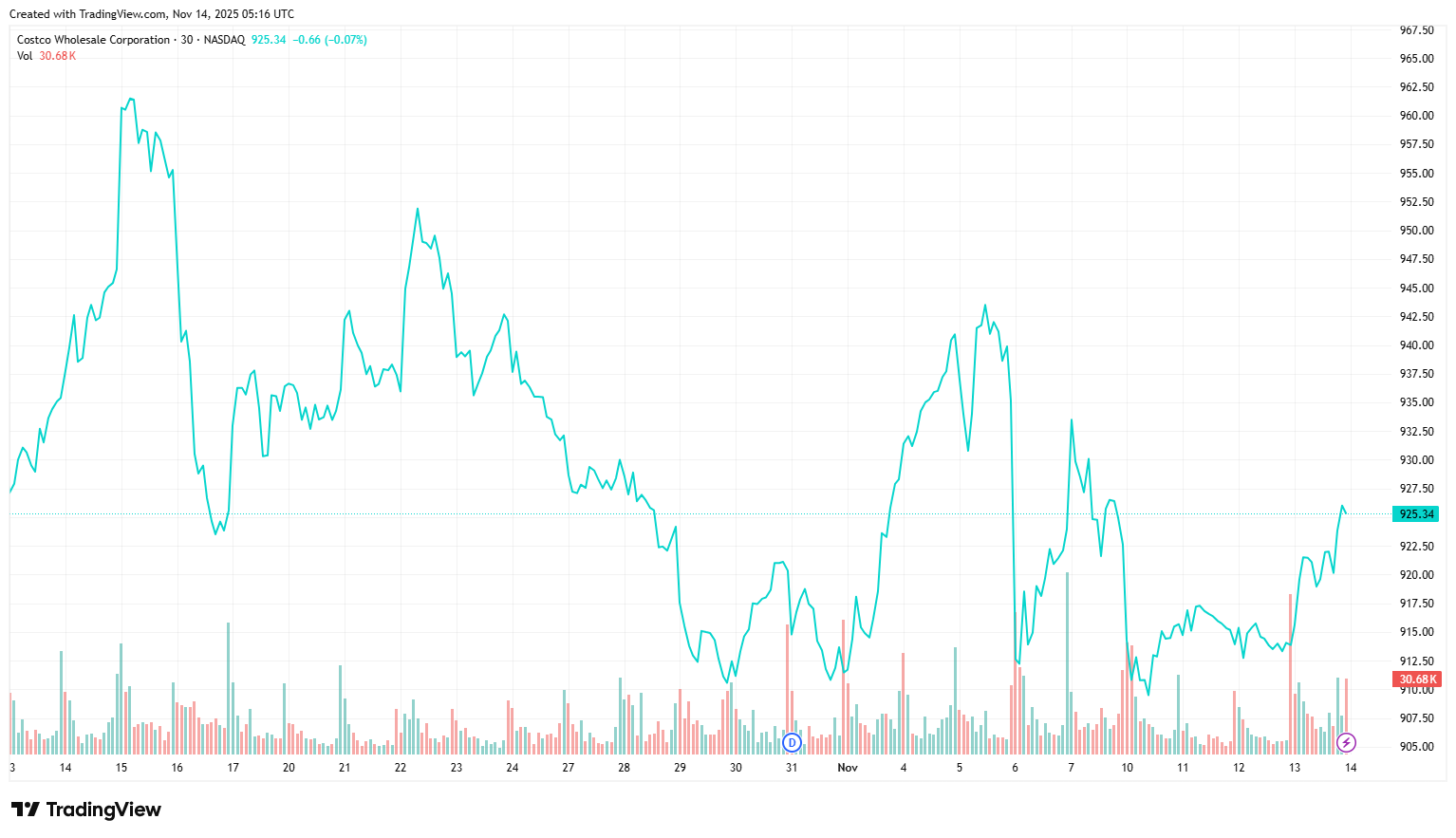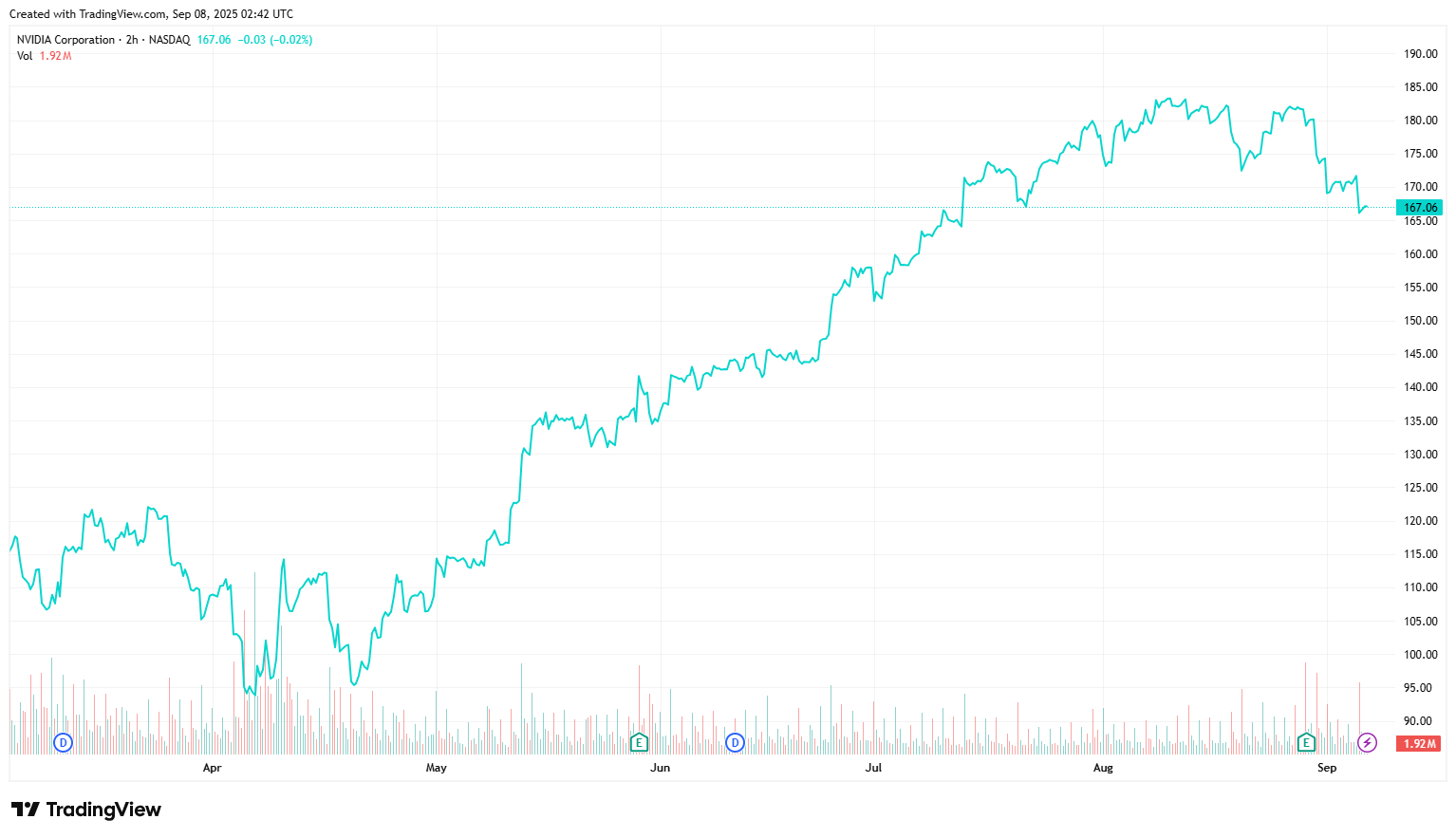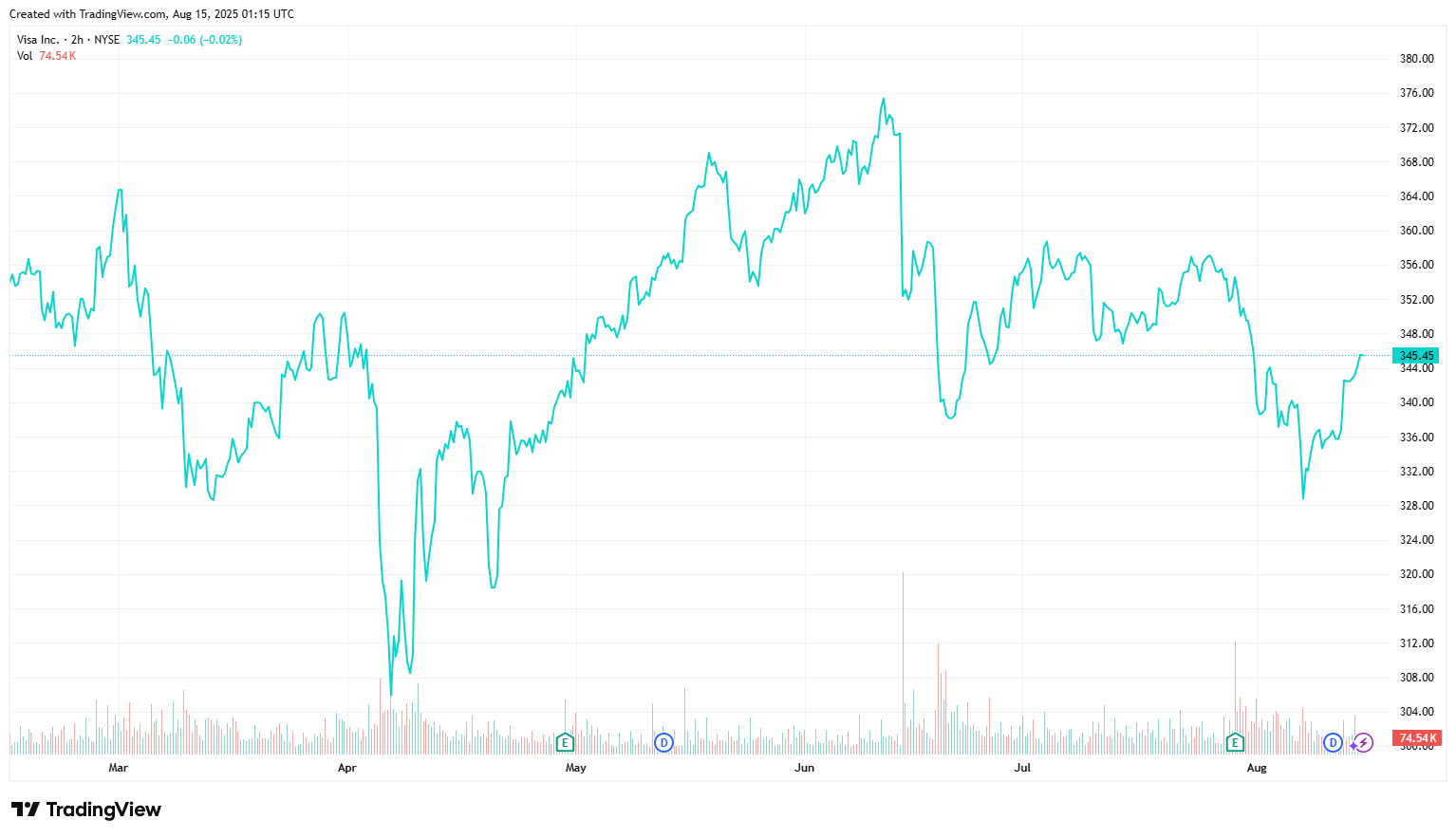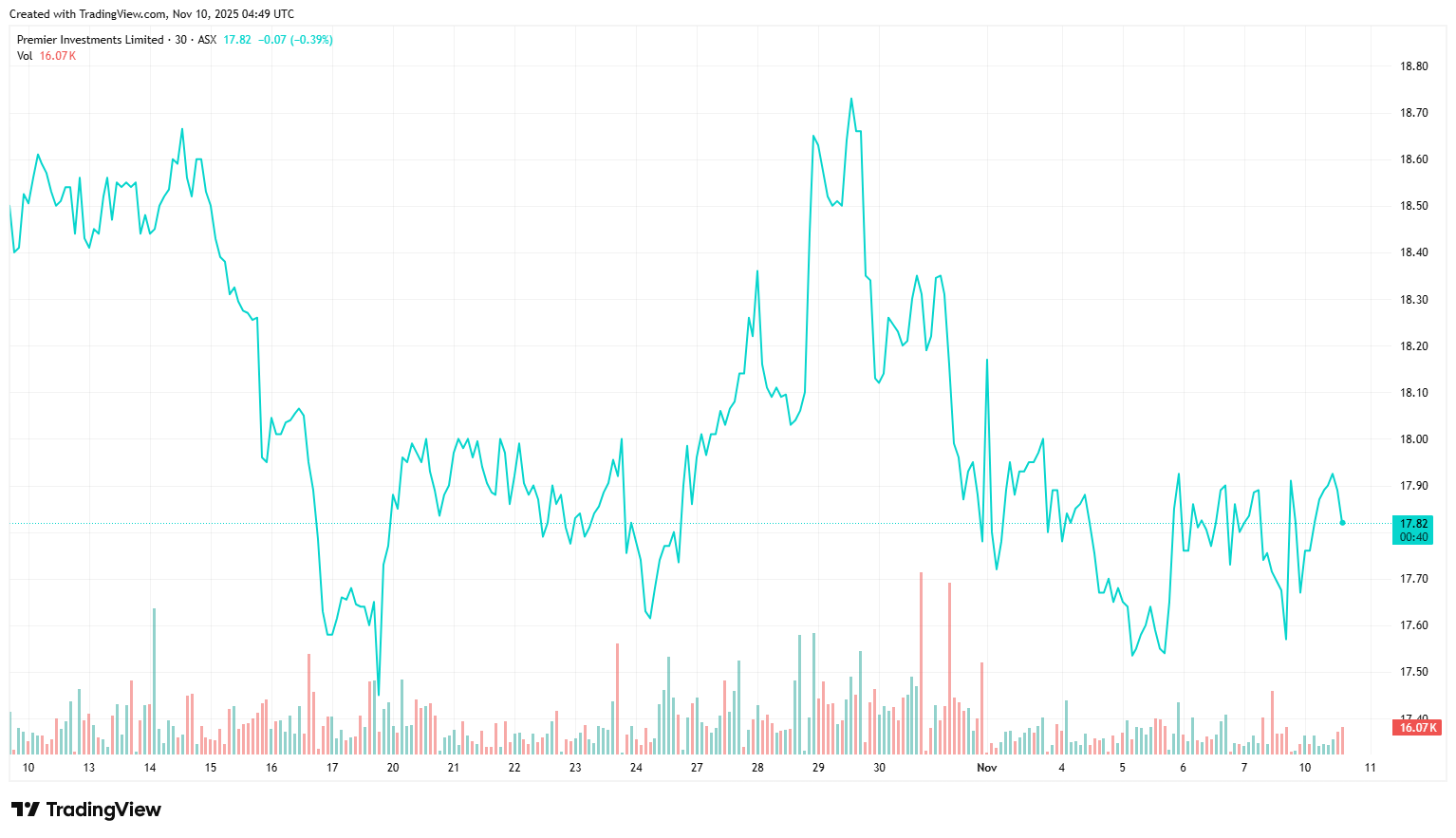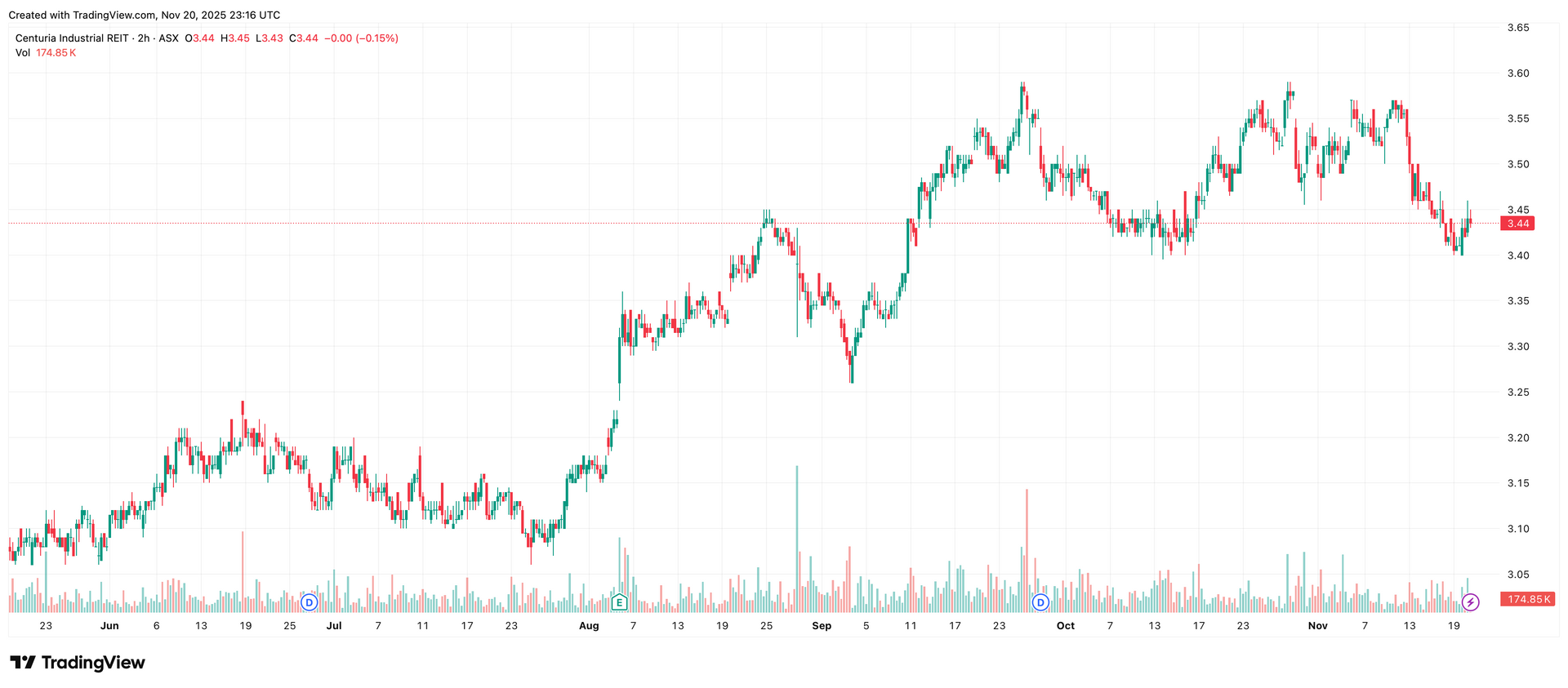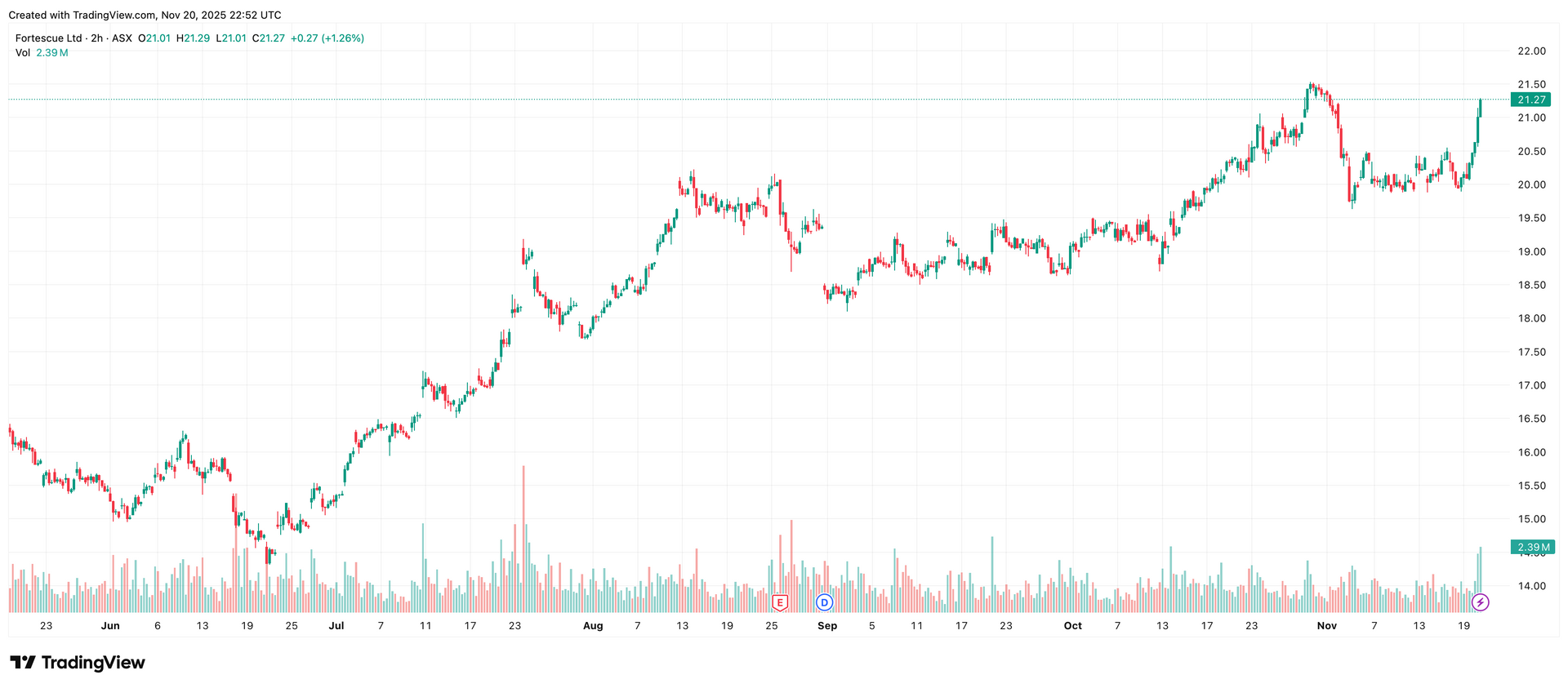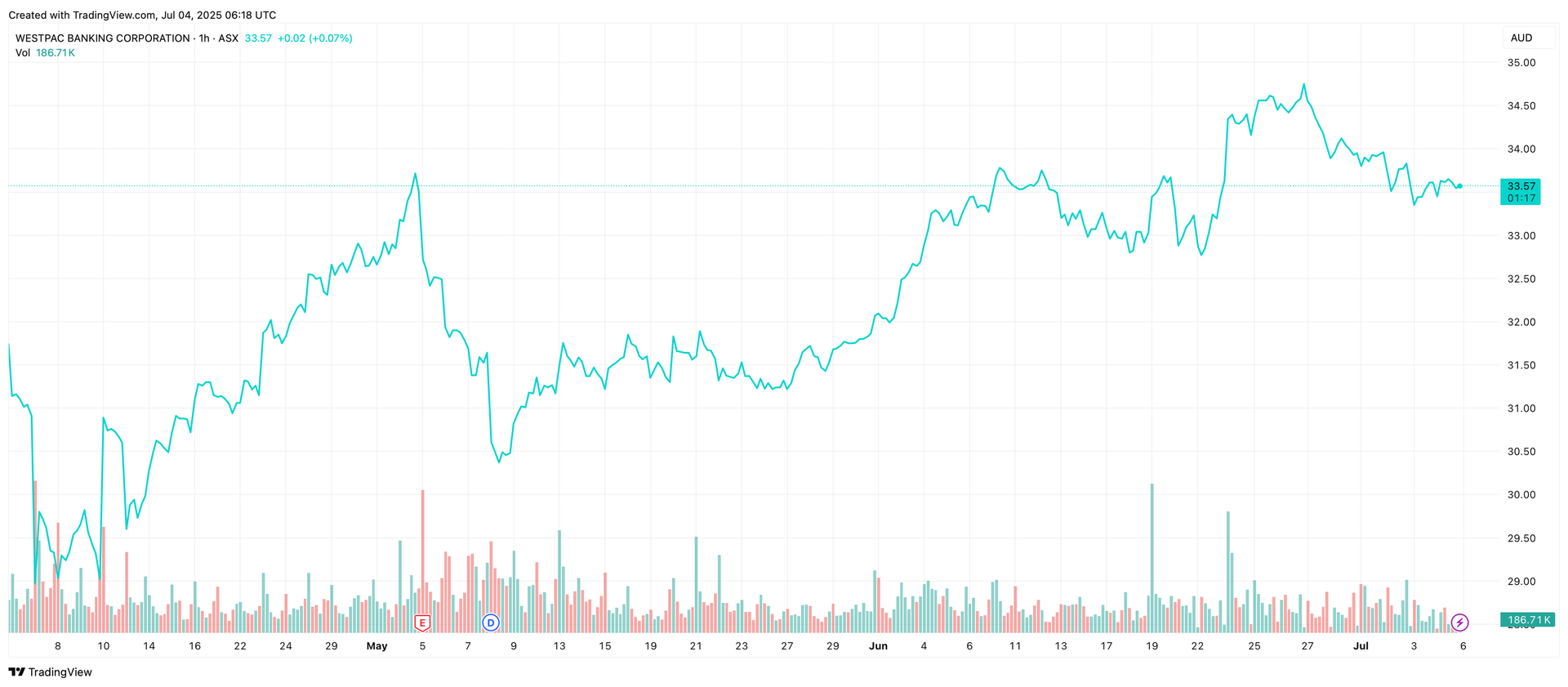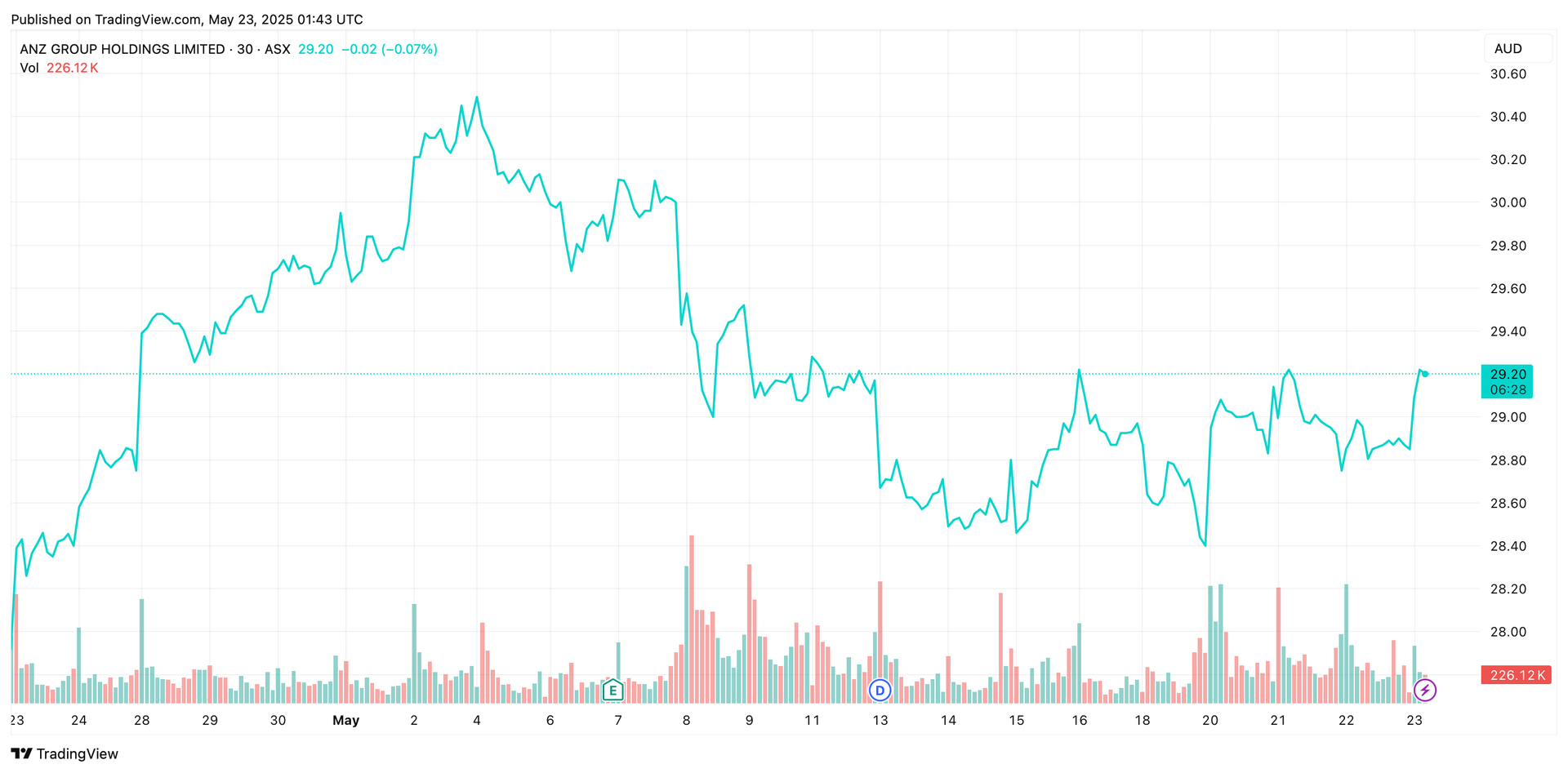Property Investing Without the Price Tag: How You Can Build Real Estate Exposure Through Markets

For many investors, property has long been viewed as a foundation for wealth creation and portfolio diversification. Yet with housing prices reaching record highs and borrowing costs remaining elevated, direct real estate ownership is increasingly difficult for new entrants. Fortunately, property exposure no longer requires owning physical real estate. Through listed real estate investment trusts (REITs), real estate shares, and exchange-traded funds (ETFs), investors can access income-generating property portfolios with modest capital while gaining exposure to one of the world’s most enduring asset classes.
Understanding REITs: Income and Diversification at Scale
Real Estate Investment Trusts (REITs) are companies or trusts that own and operate income-producing properties such as office towers, logistics hubs, shopping centres and data centres. By purchasing units or shares, investors gain fractional ownership in these assets and receive dividends generated from rental income.
Listed REITs trade on major exchanges across the United States, Europe and Asia, offering liquidity and transparency often unavailable in direct real estate investments. The global REIT market now exceeds USD 2 trillion in value, led by names such as Prologis (logistics), Simon Property Group (retail), and Equinix (data infrastructure). Investors can build diversified exposure across sectors and regions through a single trade without large deposits or illiquidity constraints.
REITs also tend to provide steady income streams. Many jurisdictions require them to distribute a significant portion of earnings, typically between 80% and 90%, as dividends. This makes them attractive to investors seeking stable income alternatives to bonds or dividend-focused equities.
Real Estate Shares: Growth Through Development and Management
Beyond REITs, investors can also access property markets through listed developers, managers and real estate operating companies. These firms generate earnings from development, construction, leasing and asset management, offering exposure not only to property values but also to business growth and project execution.
Examples include Goodman Group (ASX: GMG), a global leader in industrial logistics and data centre development, and CapitaLand Investment (SGX: 9CI), which manages and develops mixed-use assets across Asia. In the United States, companies such as Prologis (NYSE: PLD), Simon Property Group (NYSE: SPG), and Brookfield Corporation (NYSE: BN) represent diversified real estate exposure across multiple property types.
These shares tend to be more growth-oriented than REITs, as their performance depends on development margins and project pipelines. While they may carry higher volatility, they also offer stronger upside potential during expansion phases of the property cycle. Combining these shares with REITs can help investors balance income stability with capital growth potential.
The ETF Advantage: Simple, Diversified Access
For those seeking simplicity and instant diversification, property-focused ETFs provide a cost-effective gateway to real estate exposure. These funds track baskets of REITs and property companies, giving investors access to hundreds of assets through a single trade.
Globally, the Vanguard Real Estate ETF (NYSE: VNQ) and the iShares Global REIT ETF (NYSE: REET) are among the most widely traded, offering exposure to both developed and emerging markets. Australian investors can access domestic and global property markets through ETFs such as the Vanguard Australian Property Securities Index ETF (ASX: VAP) and the VanEck FTSE International Property (Hedged) ETF (ASX: REIT).
ETFs combine liquidity, affordability and diversification. They can be traded like ordinary shares, making them suitable for investors with limited capital, and their management fees are generally lower than those of traditional property funds. Over time, this cost efficiency supports better compounding outcomes.

Building Exposure Through Capital Markets
Property remains a dependable hedge against inflation and an effective diversifier in multi-asset portfolios. While direct ownership offers control and potential appreciation, listed real estate securities provide accessibility, liquidity and lower entry costs. Investors can start small, apply dollar-cost averaging strategies, and gain exposure to a range of property assets spanning logistics, industrial, commercial and residential developments.
Combining REITs for income, real estate shares for growth, and ETFs for diversification creates a comprehensive approach to property investing through capital markets. This strategy allows investors to participate in the property sector’s earnings and appreciation potential without the financial burden and illiquidity of direct ownership.
The Bottom Line
Real estate remains one of the world’s most reliable long-term assets, and listed property vehicles now make it easier for investors to participate. Whether through developers, income-focused REITs or globally diversified ETFs, investors can tailor their real estate exposure to their goals and risk profile.
For those priced out of direct property ownership, these listed alternatives offer a practical path to participate in global real estate growth, combining transparency, liquidity and accessibility with the wealth-building potential of one of the world’s most resilient asset classes.
To discover which property investment approach best suits your investment goals, speak to an adviser or learn more through our advisory services.
Subscribe to our newsletter
Disclaimer: This article does not constitute financial advice nor a recommendation to invest in the securities listed. The information presented is intended to be of a factual nature only. Past performance is not a reliable indicator of future performance. As always, do your own research and consider seeking financial, legal and taxation advice before investing.
